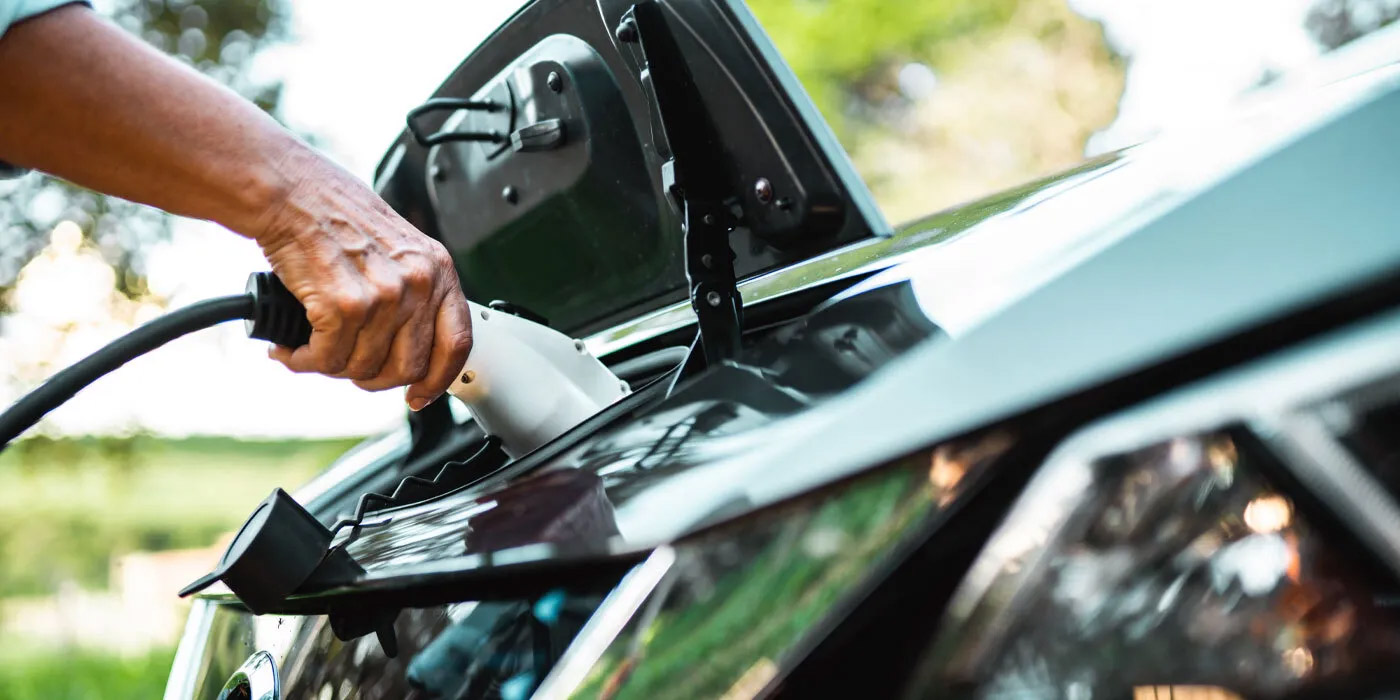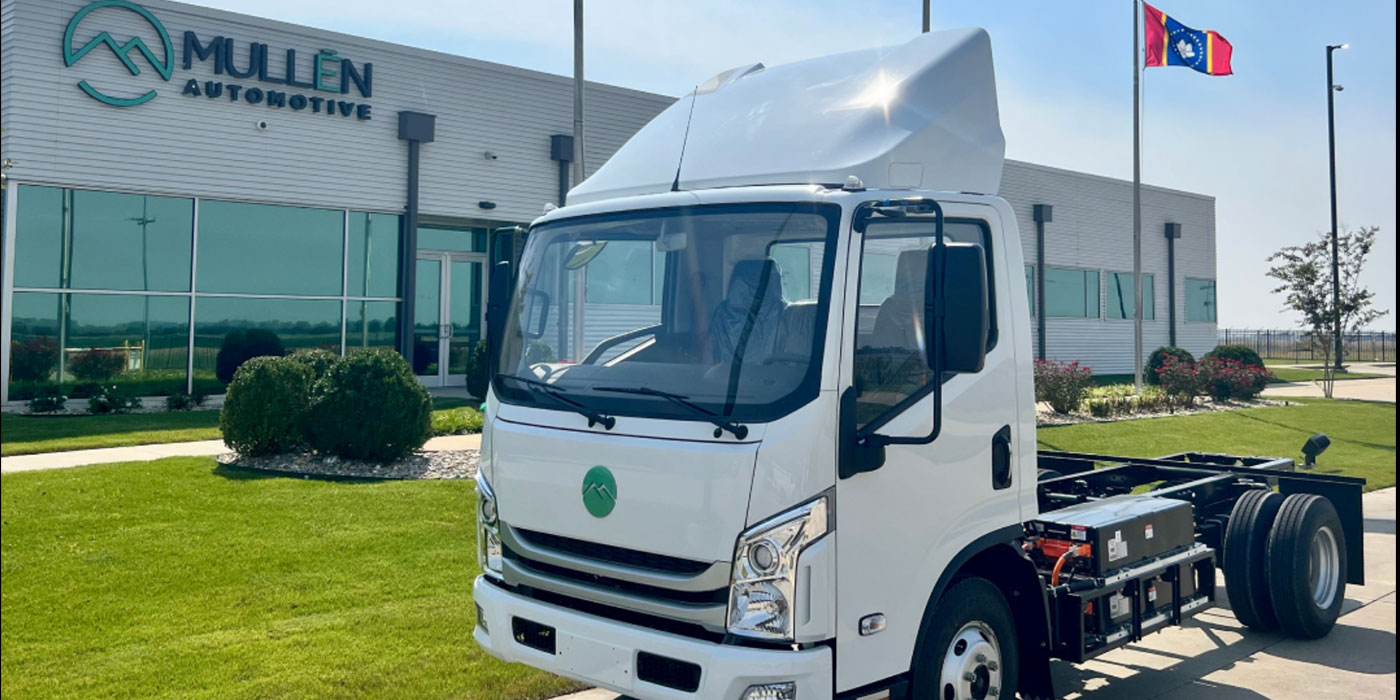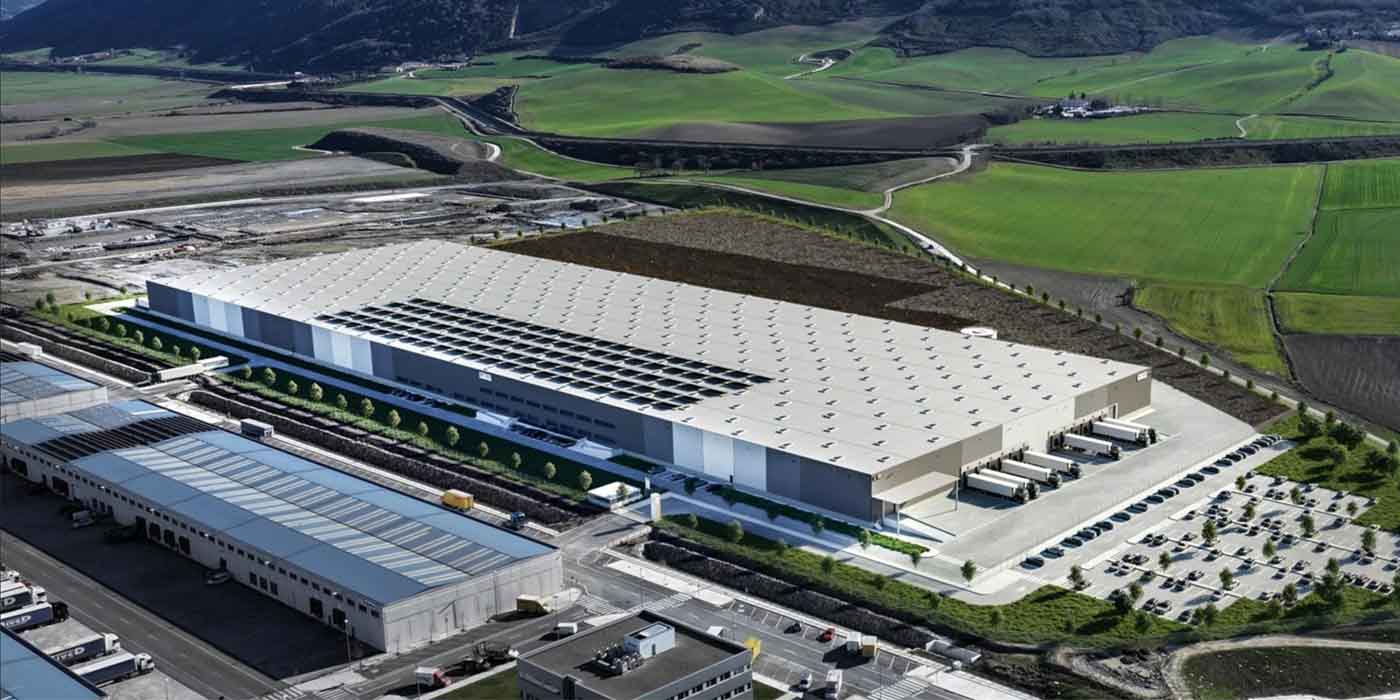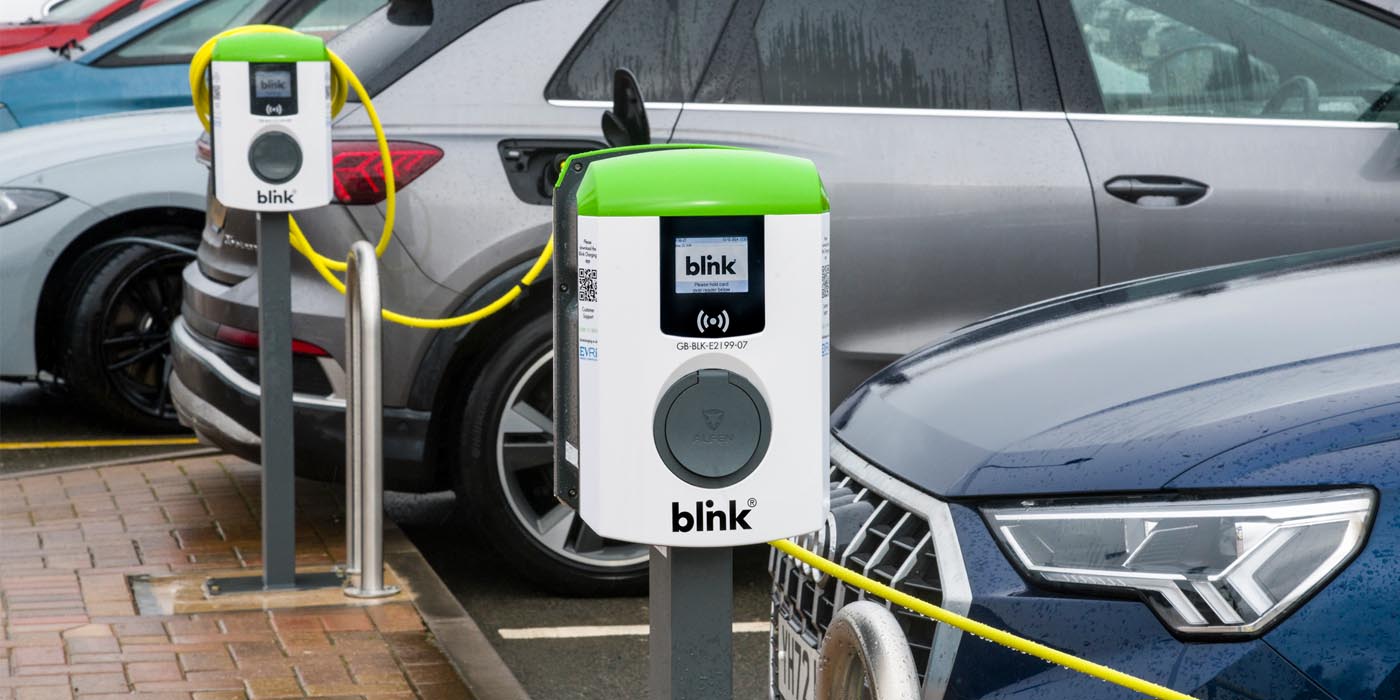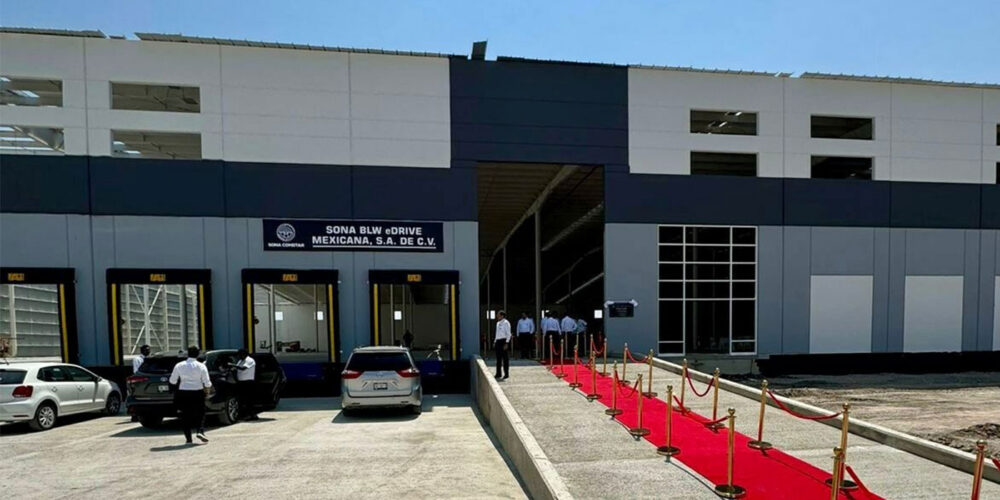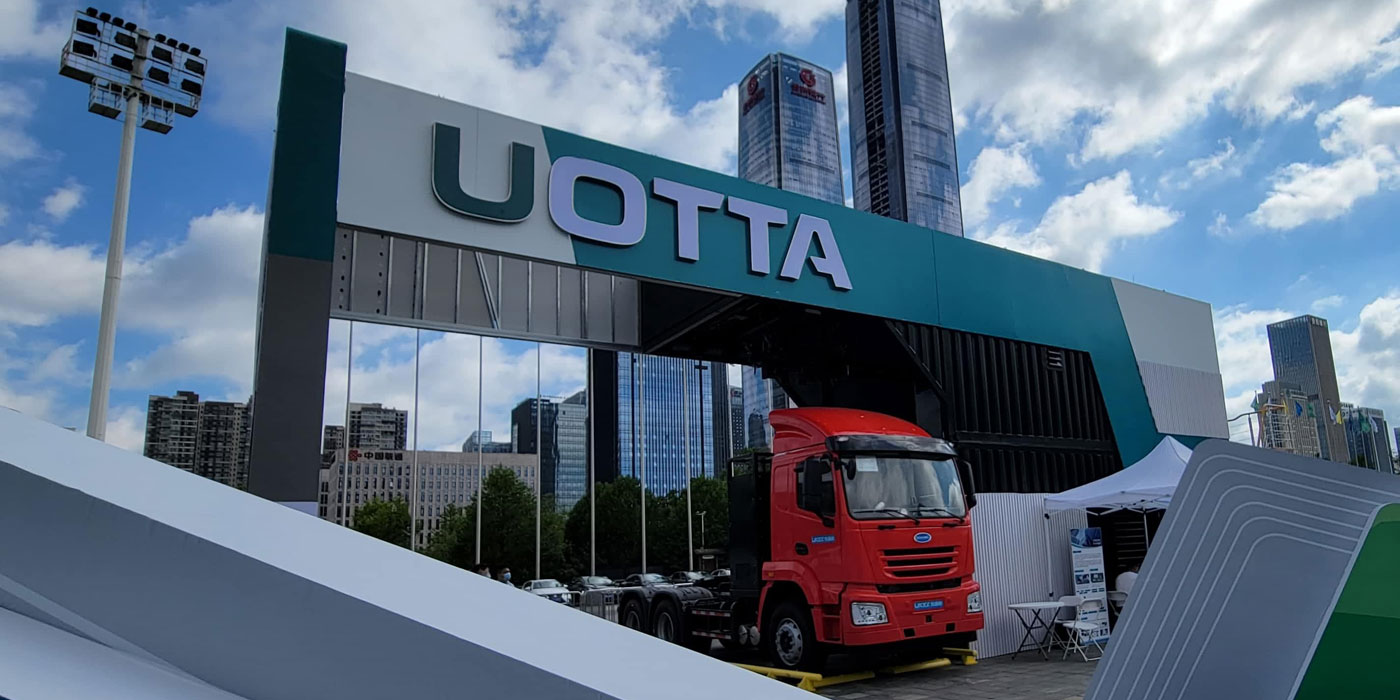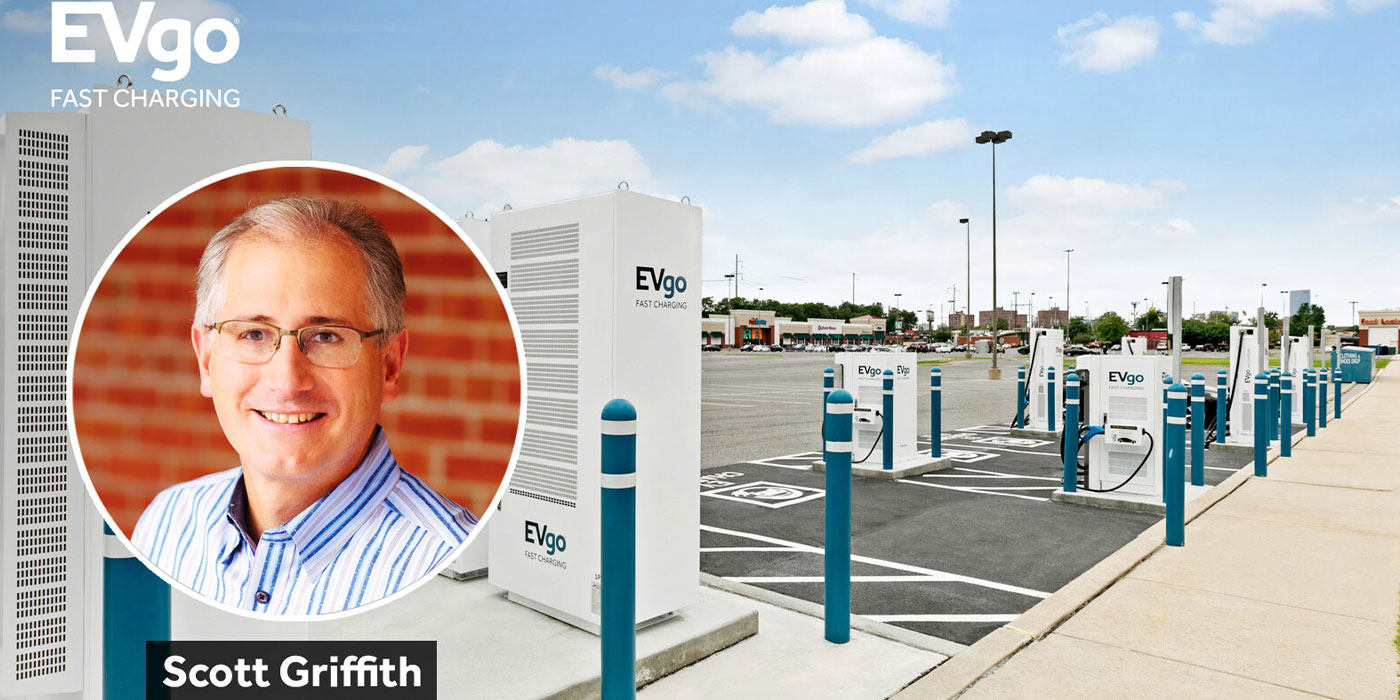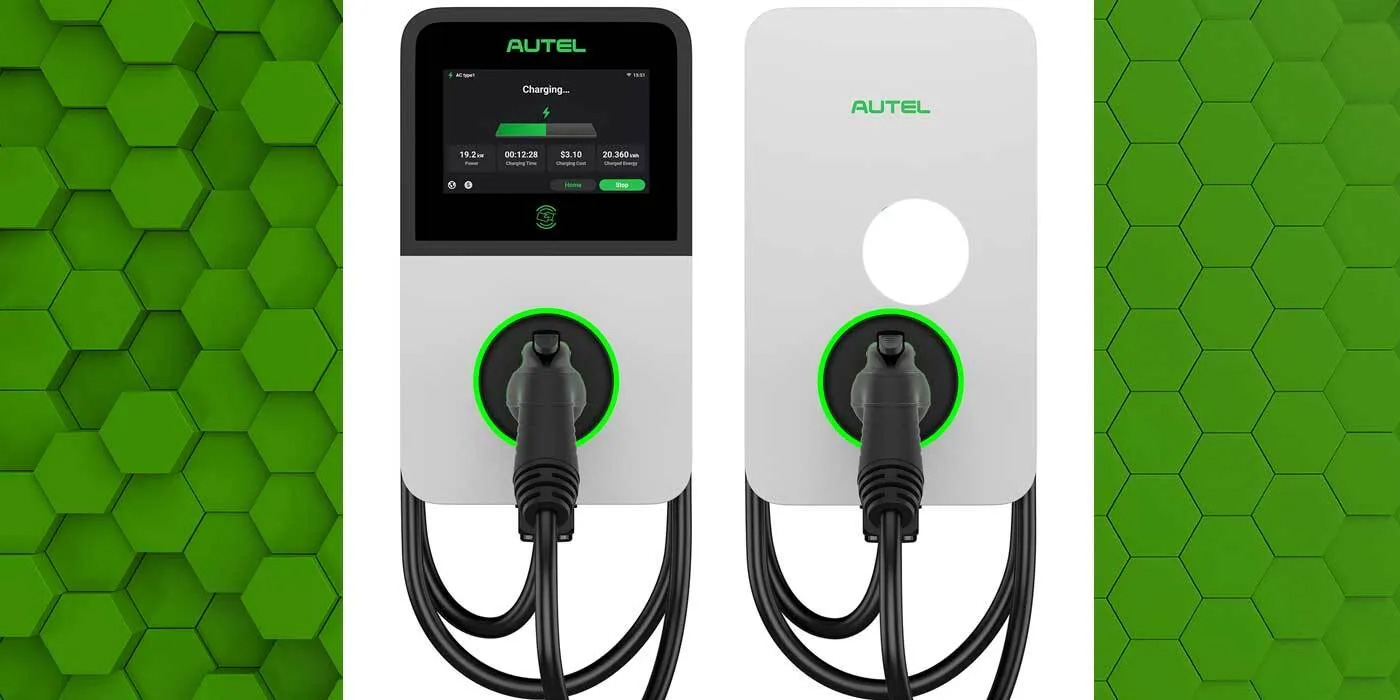Stellantis announced its partnership with Charge Enterprises, in which Charge has become an EV charging installation partner for Stellantis’s network of more than 2,600 U.S. dealers.
Charge becomes the fourth recommended partner for dealer EV readiness for Stellantis dealers across the United States, joining Future Energy, Vehya and AGI.
“As our partners in the automotive industry transition to electric-vehicle sales and service, our goal is to provide our 2,600-plus U.S. dealers with high-quality options that meet their individual EV integration needs within every area of the dealership business,” U.S. Head of Sales Jeff Kommor said. “Charge is equipped with the automotive experience, client-centric approach and technical expertise needed to help support our dealers and make this implementation safe, reliable, scalable and flexible for future demands.”
As an experienced infrastructure partner, Charge’s client education, project management, design, engineering and installation will provide a full-service solution for dealers. As part of its Dare Forward 2030 plan, Stellantis said it is setting the course for 50% of sales in the United States to be battery-electric vehicles (BEV) by the end of this decade. The company plans to offer more than 25 battery-electric vehicles in the U.S. by 2030.
Stellantis is one of seven automakers, including BMW Group, General Motors, Honda, Hyundai, Kia and Mercedes-Benz Group, creating a joint venture to accelerate the transition to EVs in North America, by making EV charging more convenient, accessible and reliable.


